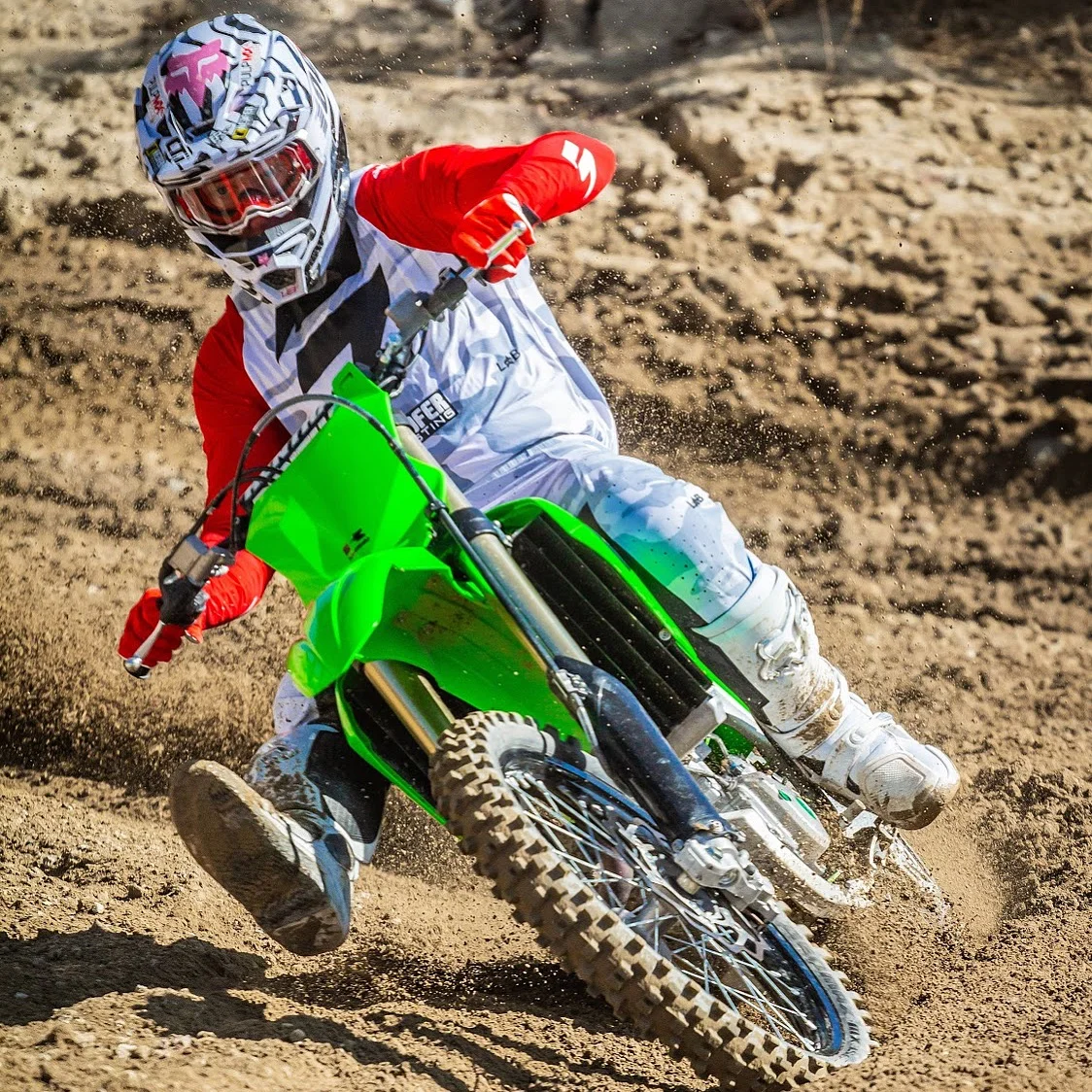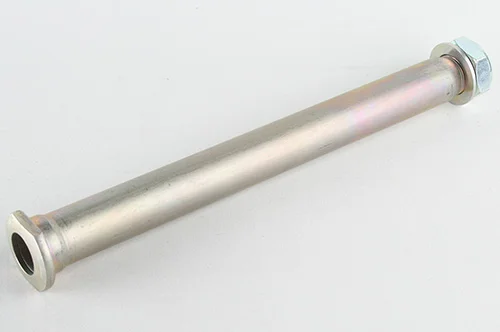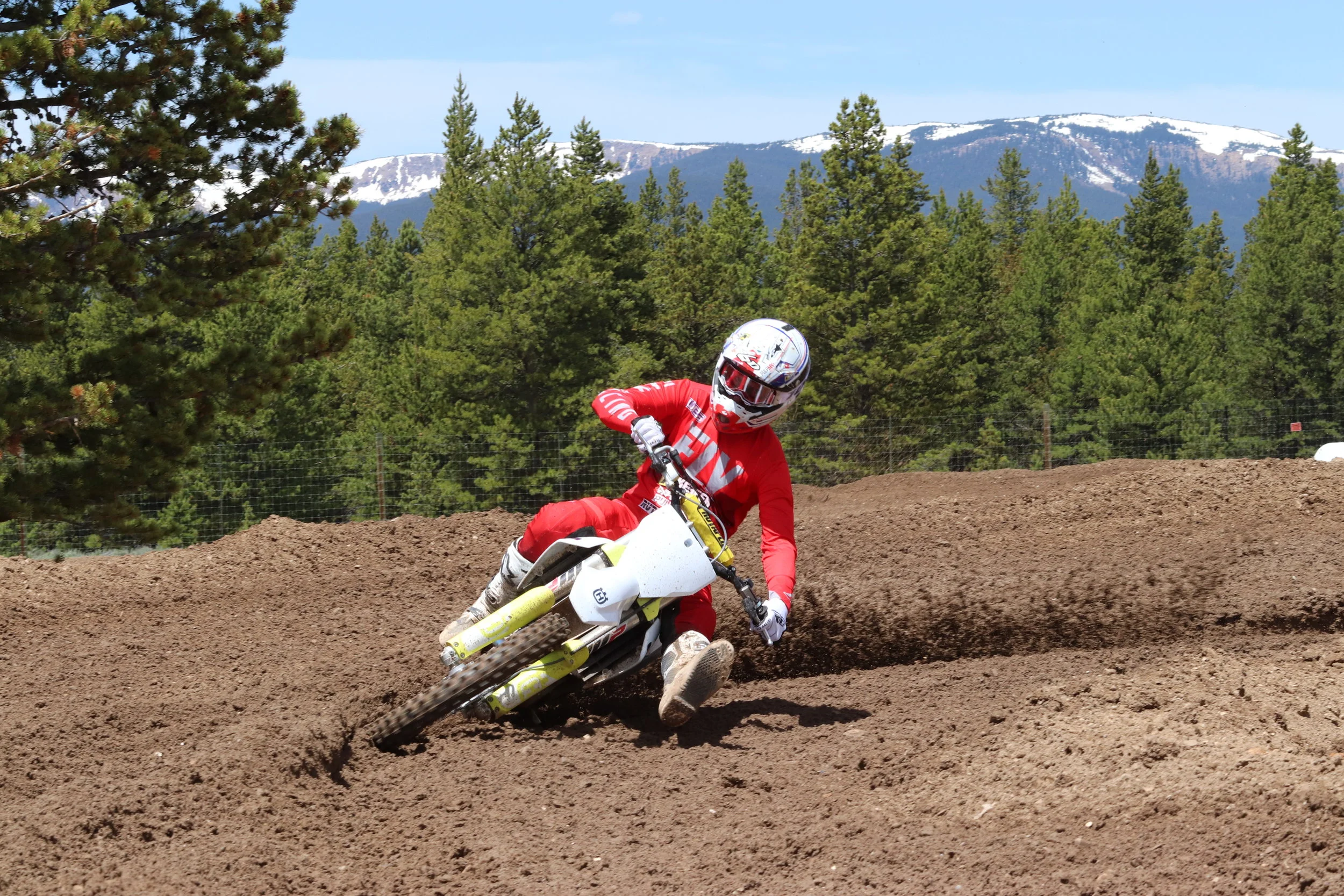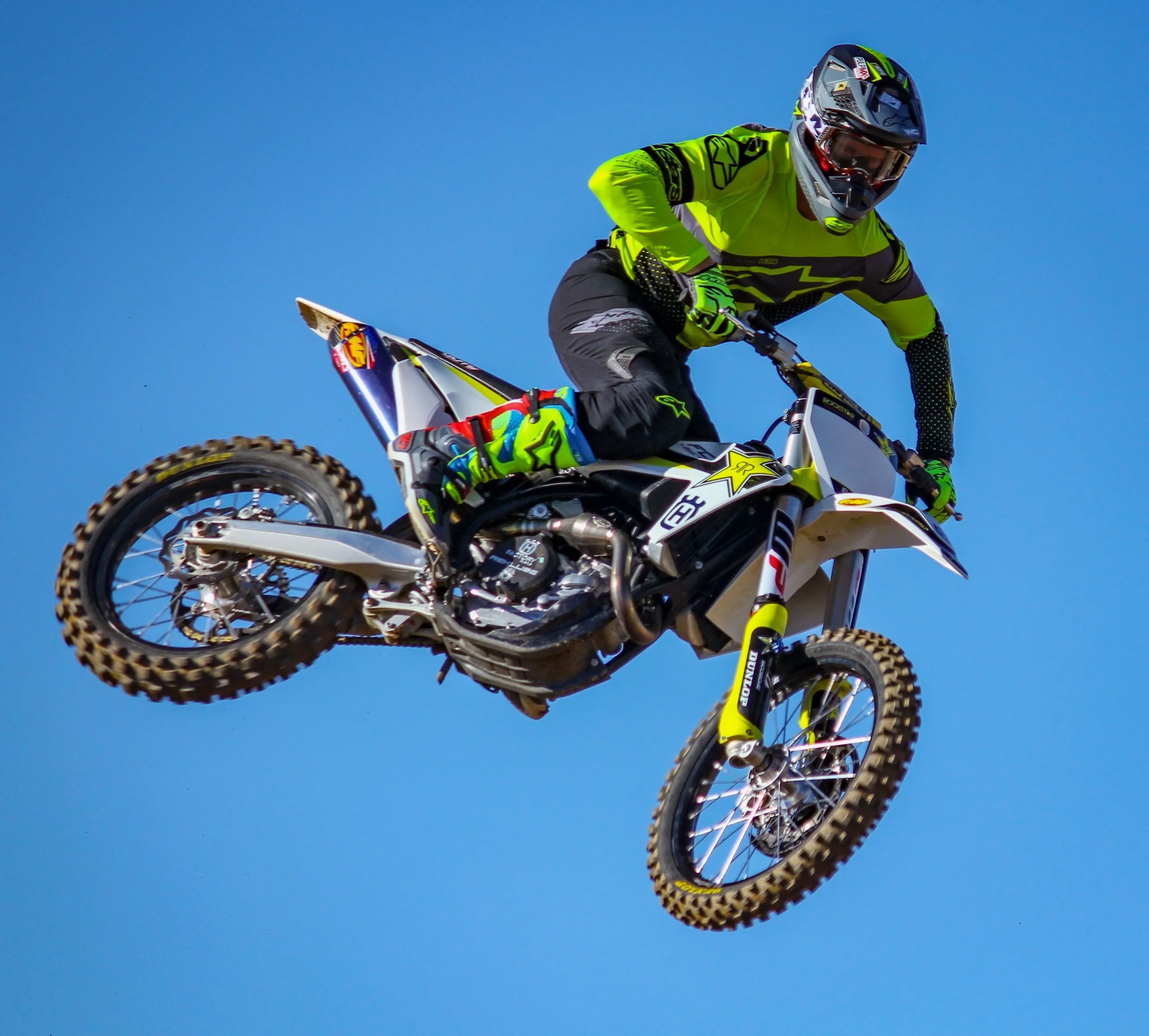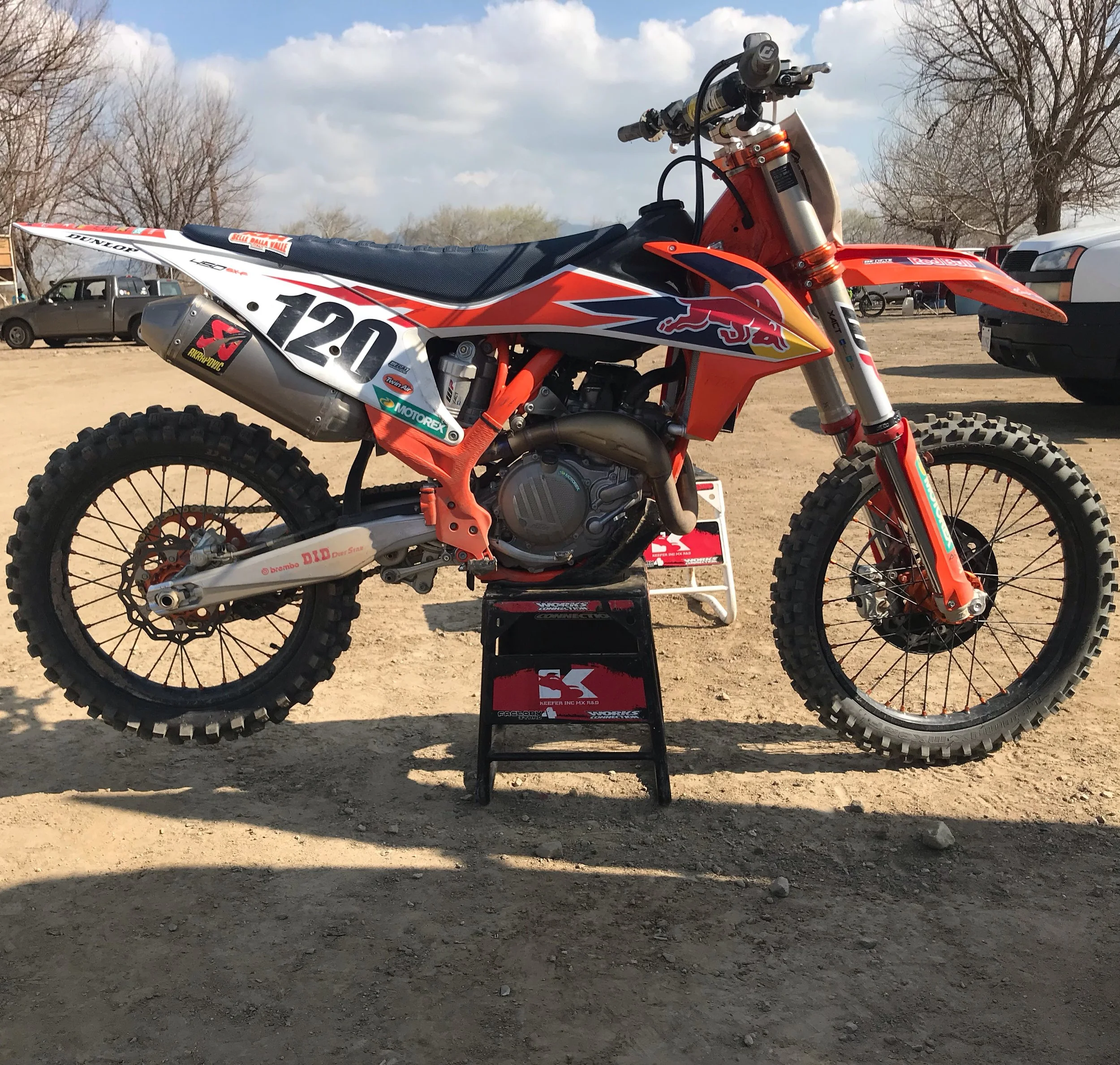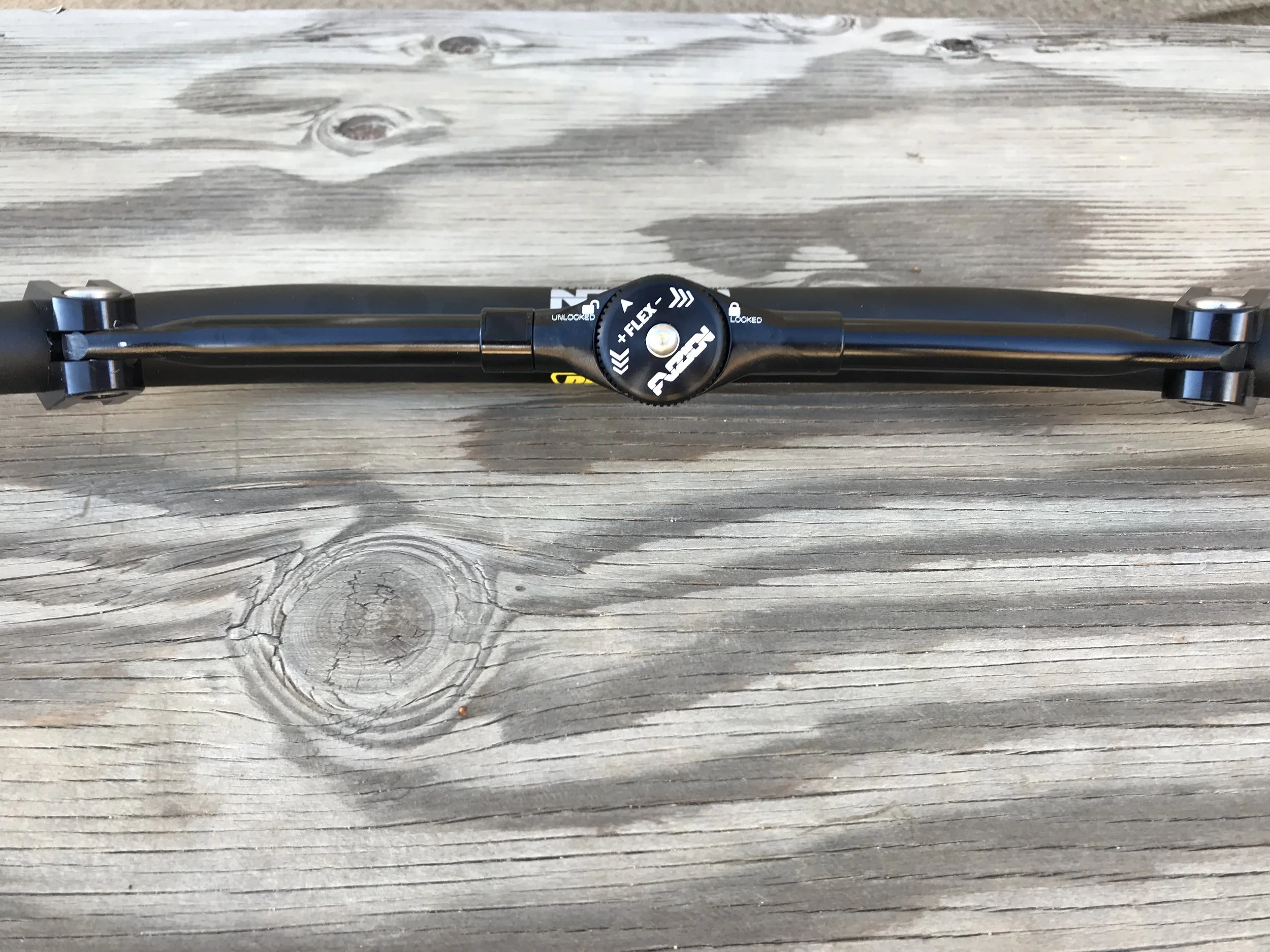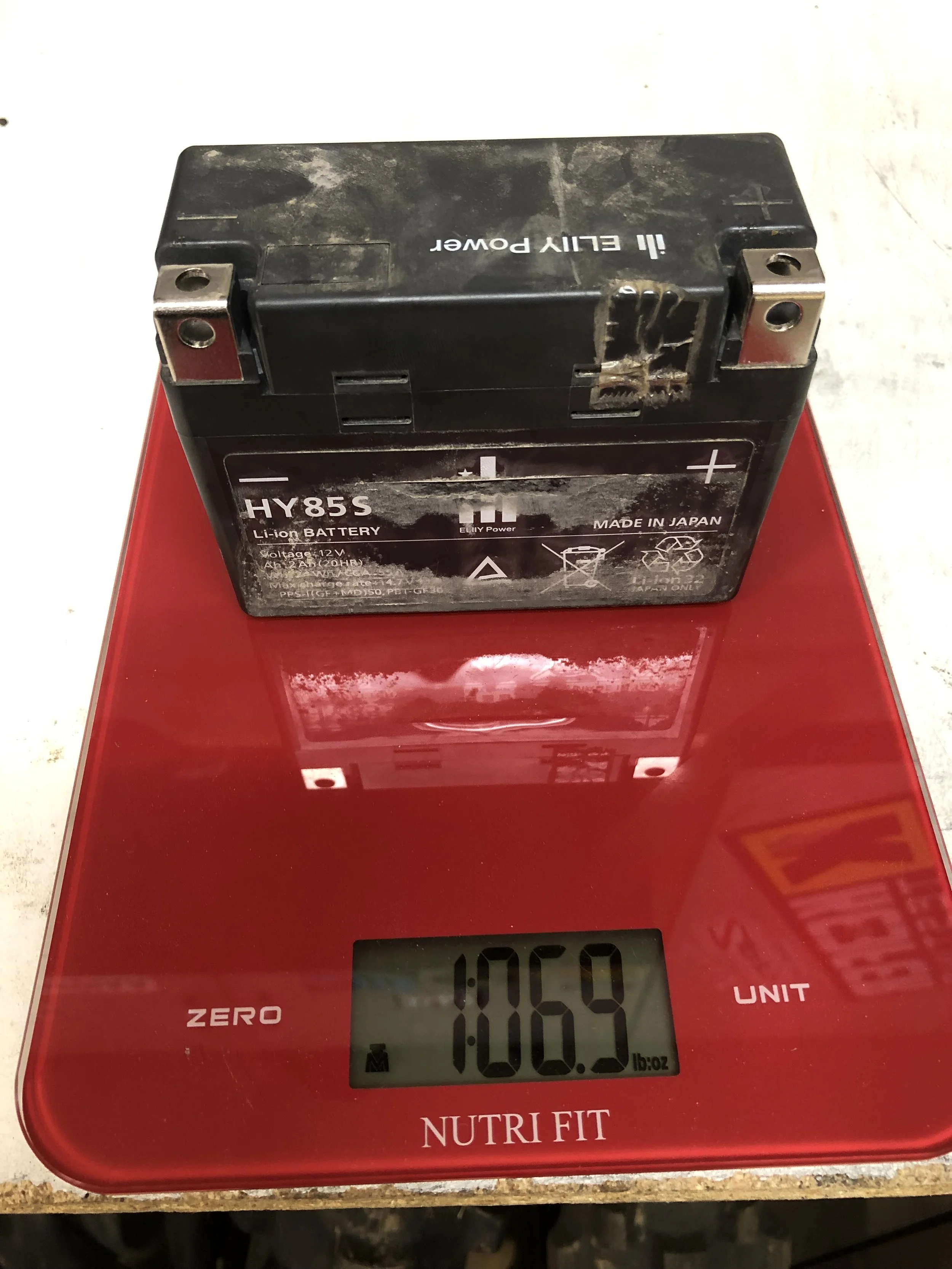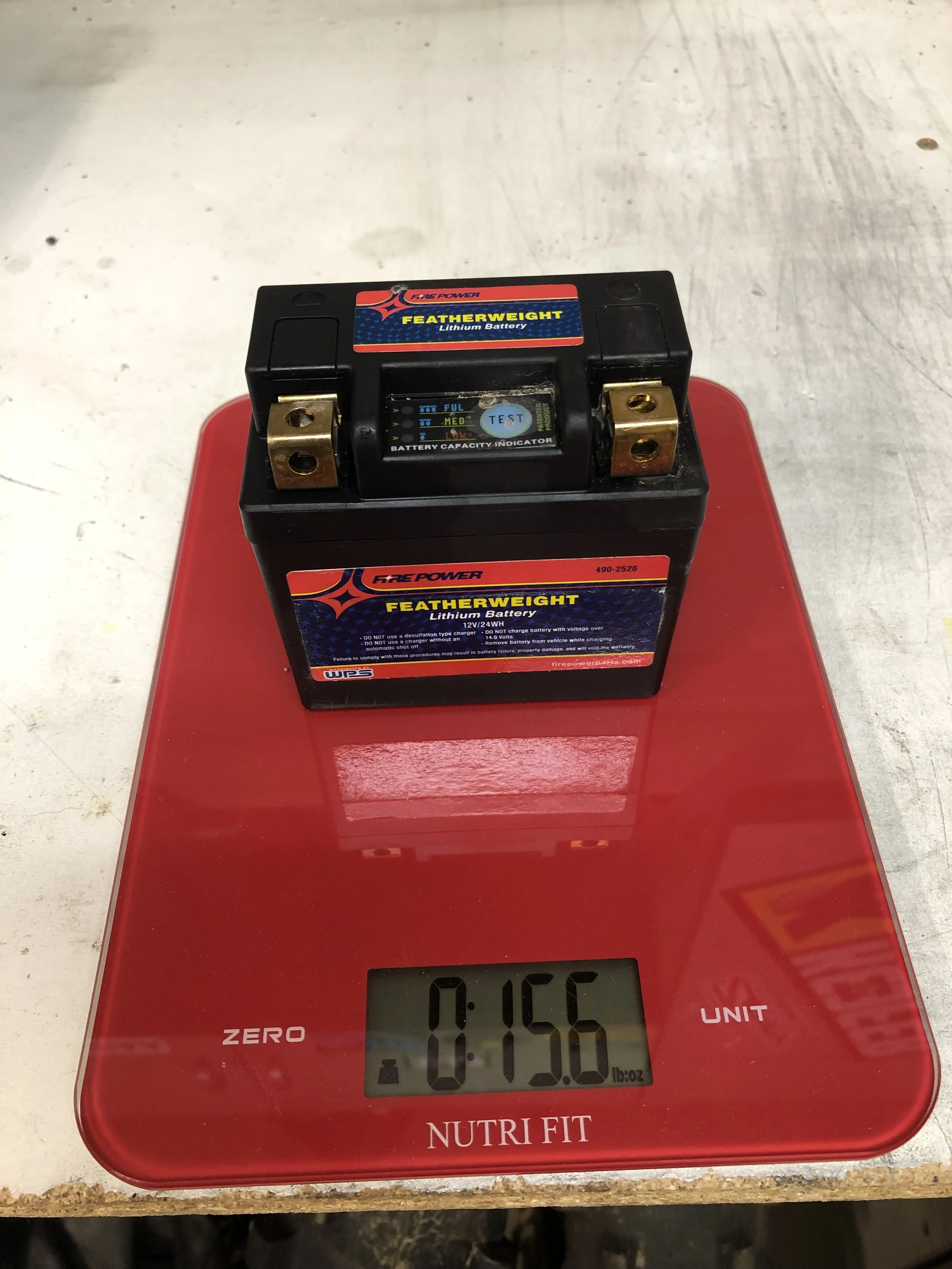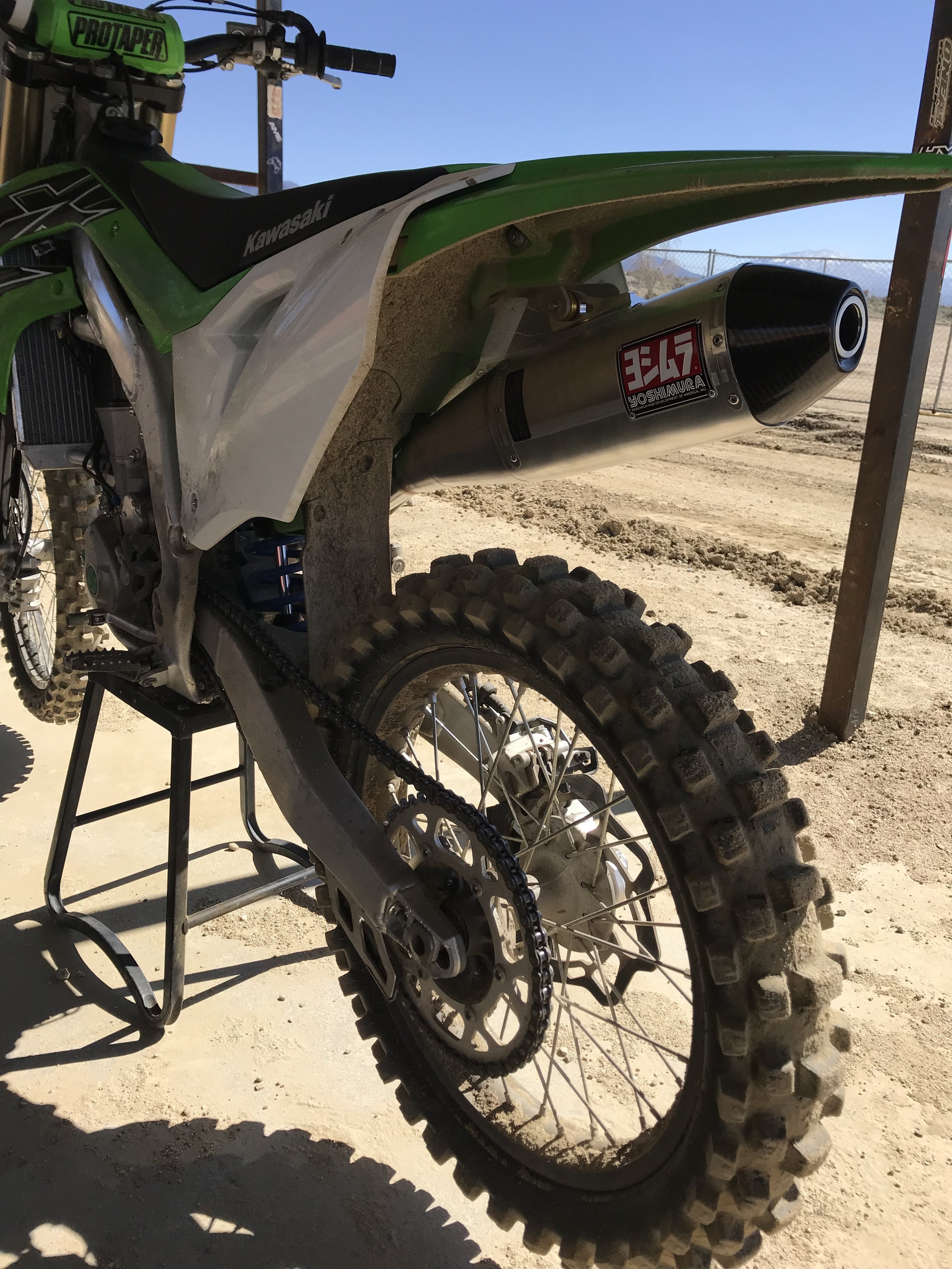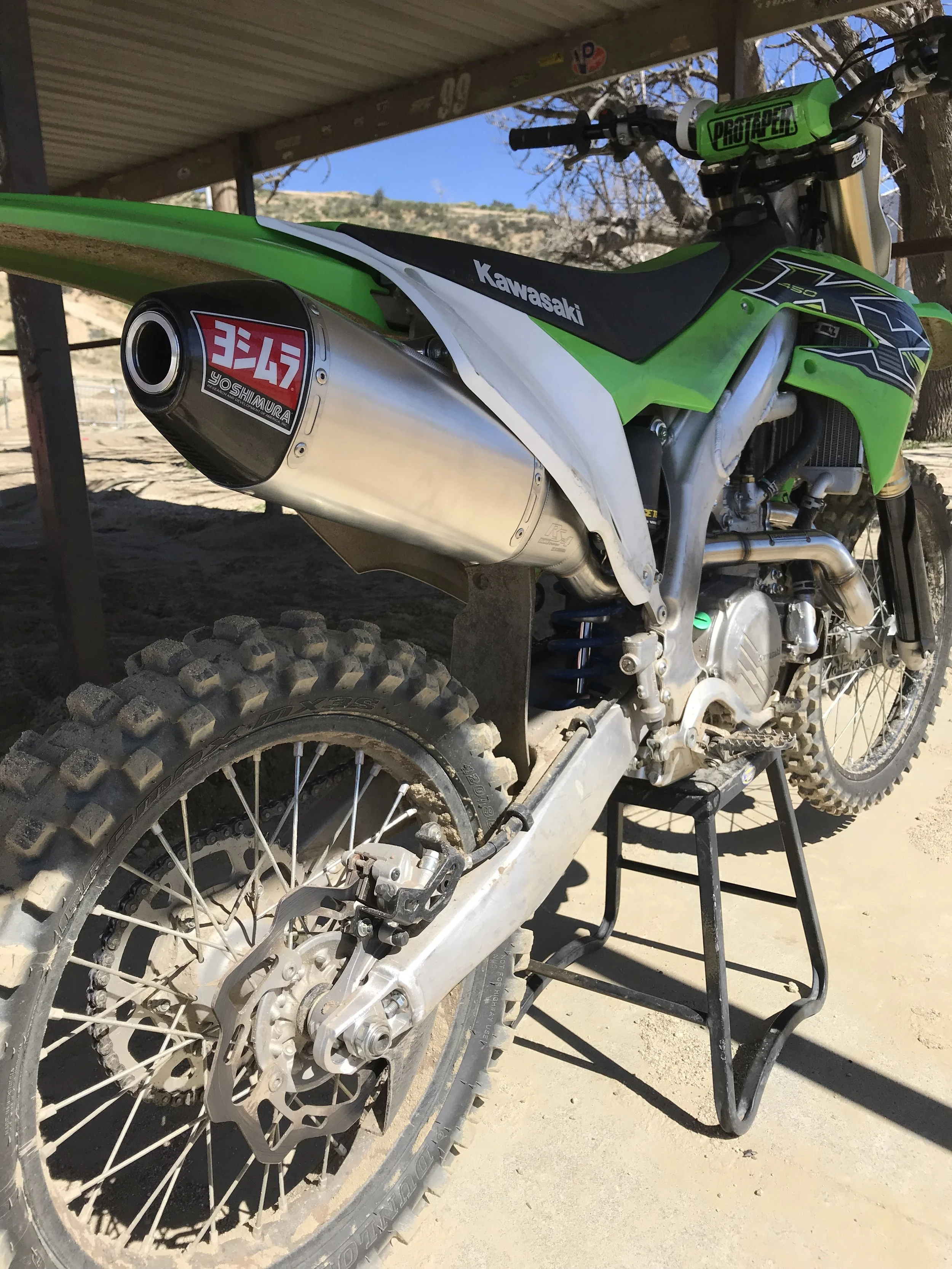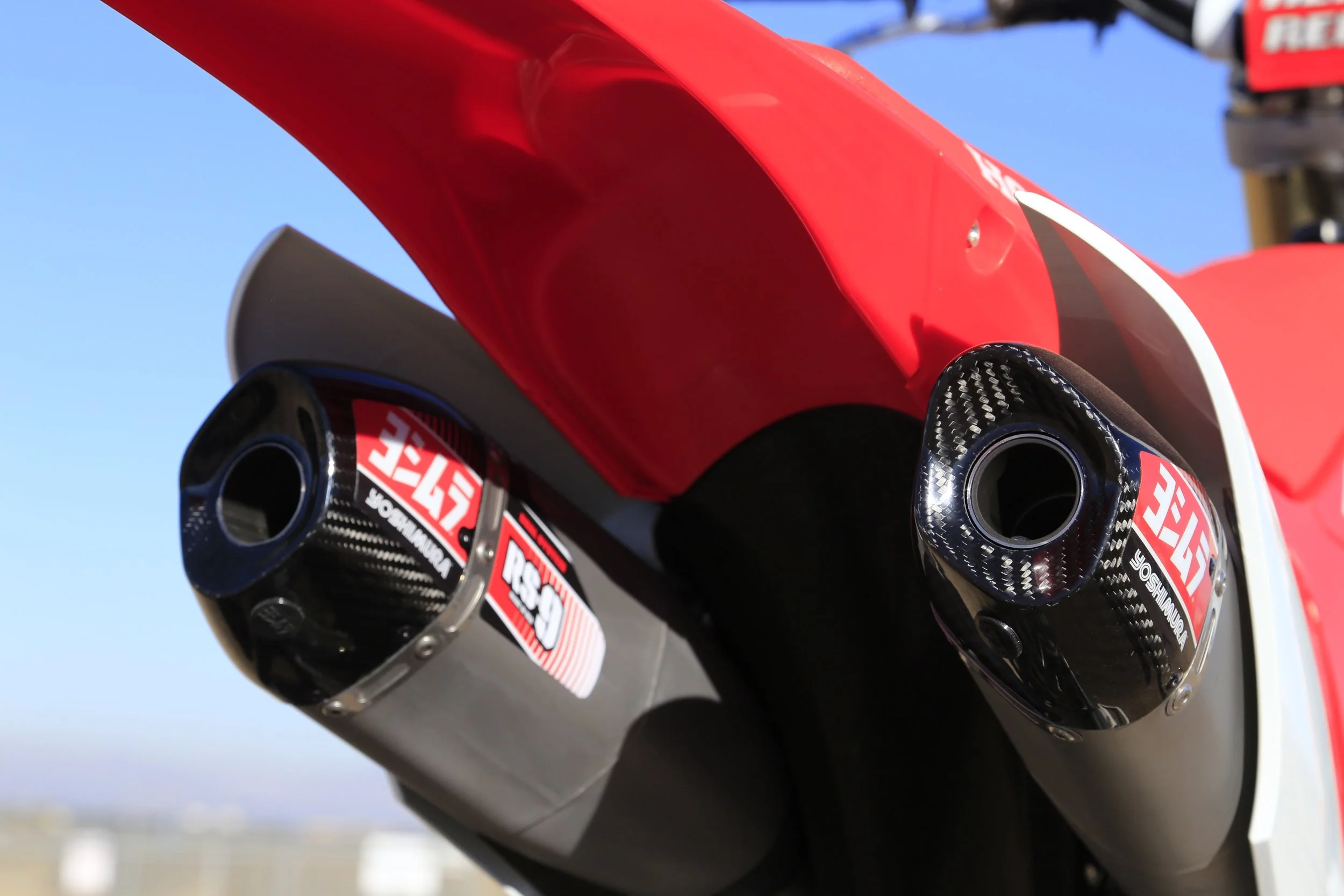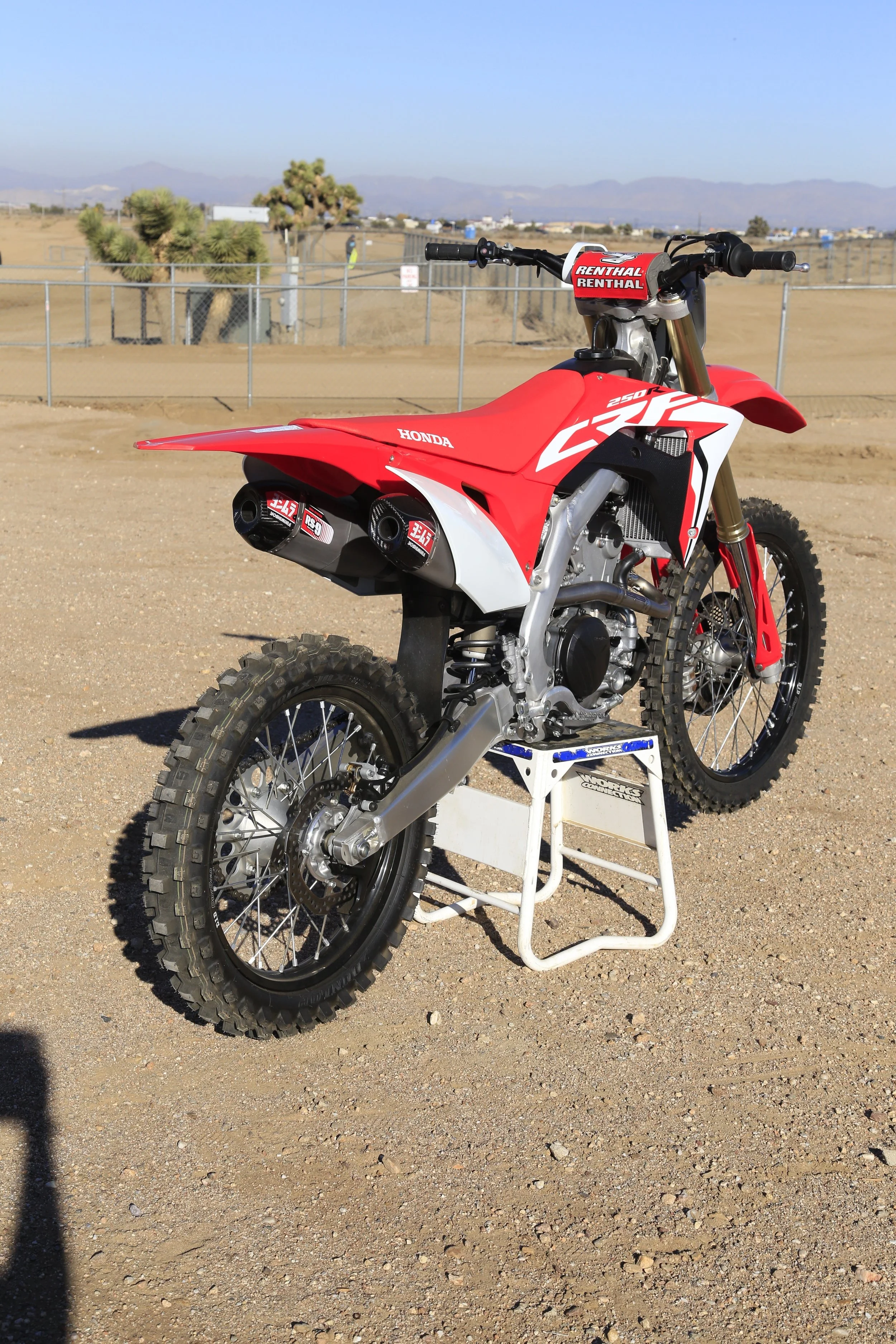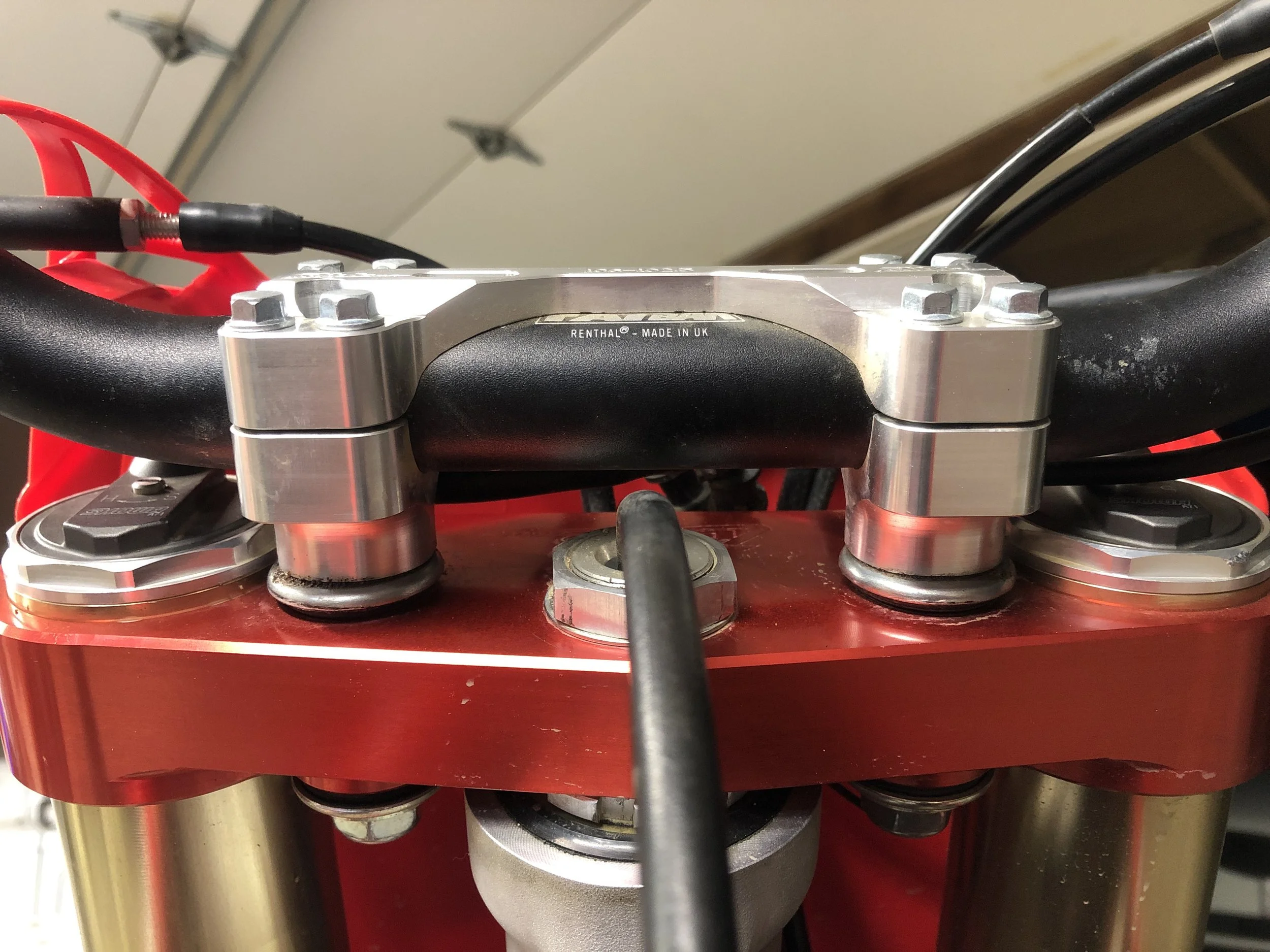Yamaha has an accessory division called GYTR and when it comes to accessories for your YZ they have tons to offer. I wasn't quite happy with the “pocket” feel that the stock 2020 YZ450F seat has to it once the foam is broken in, but managed to stumble across the Yamaha Accessories tall seat while out testing one day. I am usually not a fan of taller seats, but being that I wasn't completely happy with stock seat, I managed to steal one from the Yamaha R&D guys to try and came away actually impressed. The GYTR taller seat (part number BR9-F47C0-V0-00) is 3/4 inch taller through the middle of the seat and comes complete with seat base, foam, and gripper seat cover.
Once the stock YZ450F foam is broken down (around 15 engine hours) it can feel like you’re riding in the bike too much instead of on top of it and that can make the rider triangle feel uncomfortable for riders 5’11 and up. Installing the GYTR taller seat helped with the rider triangle feel for me when sitting. The seat wasn’t so tall through the middle where I felt like I was too high above the machine, but instead had a firmer feel than stock and enough height to help my form on the bike. I am fan of the Yamaha stock bar bend, but with the stock seat it can almost make the bar bend seem too high at times because of that pocket feel. With the taller seat it puts me into a more neutral/attack position coming into corners, which forces my arms to stay bent, instead of dropping down and relaxing too much.
The transition from sitting to standing is better and requires less effort under throttle. Seat bouncing is needed at times, but when you’re taller (and old), it’s tough to get off your ass to soak up a jump immediately out of a corner. Having just that little bit of extra foam in the middle of the seat makes it easier for me to get off my ass because I don’t have so far to travel to stand. Yes, 3/4 of an inch doesn’t seem like a lot, but it actually makes a difference. In fact I think a 1/2 an inch would have been enough, but I am not hating on the flatter profile of the 3/4 inch height. I had a couple other testers try this seat that were shorter than me (5’9-5’10) and they even thought it was better for them. The gripper cover that comes stock on the GYTR tall seat is as good as the stock seat, but if it was me, I would be looking into getting a GUTS ribbed cover for increased traction while rolling the throttle on out of corners. GUTS seat covers are made well and last.
To me a $129.99 for a complete seat is worth it for a roomier rider triangle feel as well as making it easier to be in the attack position while riding. You can check the seat out here:
https://www.shopyamaha.com/product/details/yamaha-tall-seat?b=Motocross+Accessories&d=42|42&f=2020|141&ls=yamaha-motor-company








